- 1 Movement to address contaminated water is "cool"
- 2 Lack of a sense of urgency about internal radiation exposure
- 3 Issues in the Movement Against Internal Radiation Exposure
- 4 It presents a future that is already becoming a reality
- 5 Directions Revealed through On-Site Struggles
- 6 Reference] Local and world protests
Movement to address contaminated water is “cool”
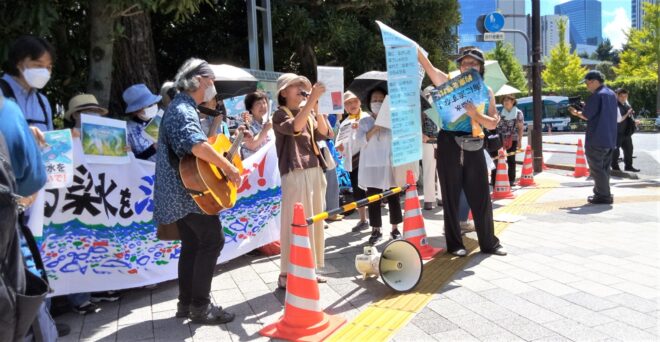
The words of the famous poem, “Neither the heat nor the cold will defeat you,” naturally came to my lips. It may have been our desire to make the hot summer a hot battle. But the heat of this summer was unusual. The government began discharging contaminated water into the ocean on August 24, and the battle was hot.
[Sponsor Ad]
In fact, we were expecting a heated battle, but it turned out to be a rather cool one. The media’s response to the release of contaminated water was not as exciting as one might have expected, and the protests against the release of contaminated water were not as lively as one might have expected. The media’s response to the water release was also what made us suspect that the government was carefully preparing for the release of contaminated water and controlling the media coverage of the event.
Lack of a sense of urgency about internal radiation exposure
There are good reasons for this. Partly because of the government’s careful preparation and the media’s response, as mentioned earlier, but also because of the difficulty in recognizing the dangers of releasing radioactive water.
Awareness of the dangers of radiation generated by atomic bombs and nuclear accidents is widely known. People are becoming more aware of external exposure to radiation (radiation rays). However, people in Japan are less aware of the fact that residual and accumulated radiation can be taken up through the food chain, leading to internal exposure and resulting in health problems.
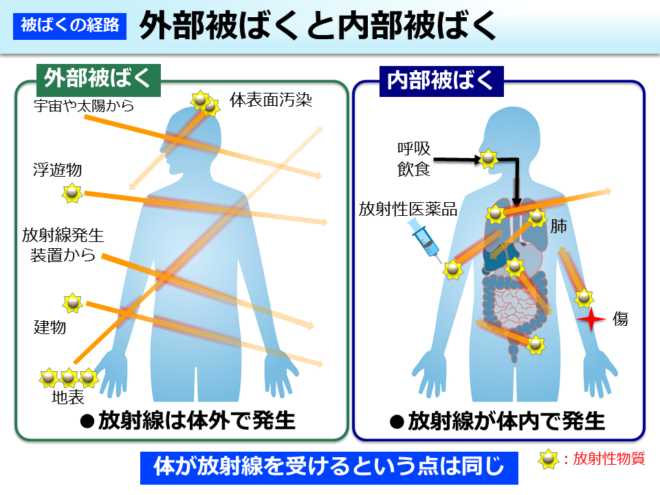
This is because, although the allegations have spread to a certain extent, they are difficult to elucidate, and the government and the regime (nuclear power companies) have continued to ignore or downplay them. More precisely, internal radiation exposure due to residual radiation has been ignored or covered up by the ICRP and IAEA, which represent the position of the government and corporations (nuclear power companies). This is why the IAEA declared the contaminated water release safe and the government acted as if it endorsed the declaration.
This is the reason why many people are questioning the government’s propaganda against the release of contaminated water, but are still being taken in by it.
Issues in the Movement Against Internal Radiation Exposure
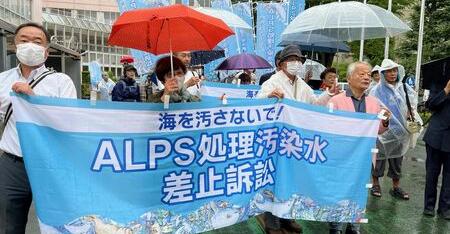
What is required of us in such a situation is to change our struggle to raise awareness and spread the word about the dangers of radioactive water and to stop the release of such water. (This does not mean that the traditional struggle is unnecessary, but that something else must be added to it.) It means that we have to create a clear struggle against the discharge of contaminated water into the ocean.
The atomic bombings and the nuclear power plant accident have made people aware of the dangers of radioactivity through the radiation exposure (external exposure) that they bring about. Therefore, we can think of ways to raise awareness about this danger, to raise reactions and spread awareness, and to develop the disposal of the atomic and nuclear bombs.
In contrast, discharging contaminated water causes internal radiation exposure by contaminating the environment with residual radioactivity. However, The dangers of this radiation are not as clear-cut as those of external exposure. as a direct one. Therefore, there are aspects of the danger that must be recognized by the imagination. As in, the discharge of contaminated water causes a buildup of radioactivity and “Minamata Bay-ization”.
This is obtained through scientific reasoning, and spreading awareness of the dangers of radioactivity must take the form of an Enlightenment-like movement. However, it is not enough to spread and raise the awareness of the danger of radioactivity as in the Enlightenment Movement. This is also the difficulty in the fight against the release of contaminated water.
It presents a future that is already becoming a reality

The danger of radiation, which we have acquired through our imagination, is a vision of the future, and we must think of a movement to raise awareness of this reality or to arouse it. We need to take action (movement) to let people know that the future vision of “Minamata Bay-ization” is actually in progress. We need to investigate the state of pollution caused by the water discharge and inform people about it.
Governments and companies will investigate. But I don’t believe they will give out facts as information. There is a distrust of power and corporations. It is not so much the actions of the powerful corporations, but their attitude and experience with the nuclear accident. Their response to residual radiation and internal exposure has never been scientific. I have a strong distrust of them.
A movement that evokes as a reality the view from the future (the image of the future) that we have acquired through our imagination. This is not something that has never been done before by the anti-nuclear power generation movement, or the anti-nuclear movement. It can be said so.
But it is not as if we have done so consciously and consciously. It is possible to create and open up a different type of movement than the one triggered by the accident.
Directions Revealed through On-Site Struggles
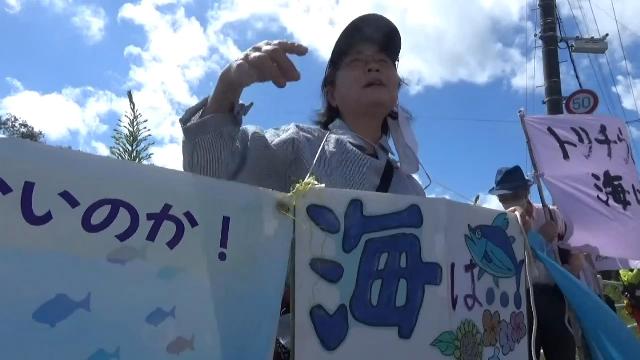
What we are discovering through our actions in Namie (local actions) during this period is the direction of the movement against the discharge of contaminated water. The basic idea is to raise awareness and spread the word about the dangers of accumulated residual radioactivity, but we are beginning to see a way forward in terms of what we can do and how we can do it.
Rather than rising rapidly in the wake of an accident or other incident, as in the case of conventional movements, and then finding a way to sustain it, I believe that the movement against contaminated water will start out modest, but over time, it will grow into a movement that will spread out over a long period of time. It has to happen, but it is more than possible.
It’s all about the way we think. It can be said that it is similar to the Zenkyoto movement, but there is a movement-like ingenuity and wisdom involved. I guess that is what we are beginning to realize. The hot summer struggle was a hot struggle, but I think we have found the beginning of what will become a hot struggle.
A rally at the mouth of the Kakedo River in Namie is also planned for October 26 (Sat.) and 27 (Sun.).
Osamu Ajioka(Osamu Mikami)(Headings are those of the editorial staff.)
Reference] Local and world protests

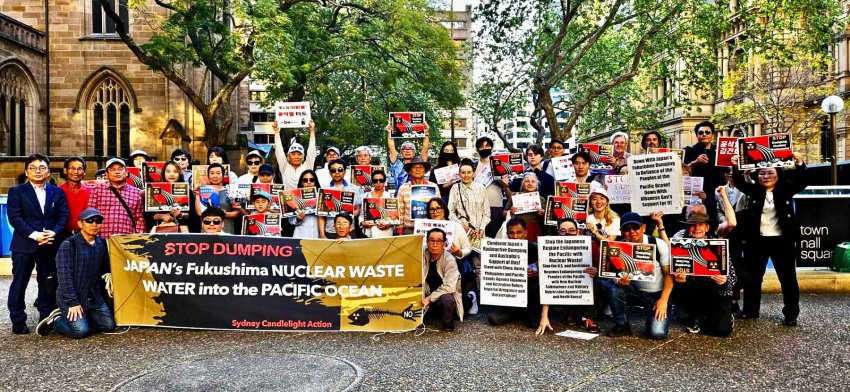



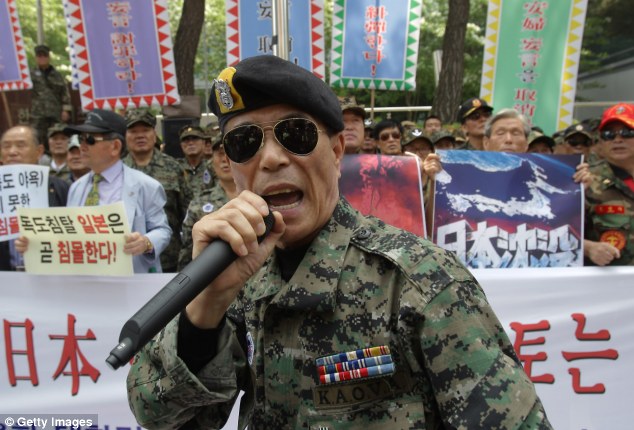



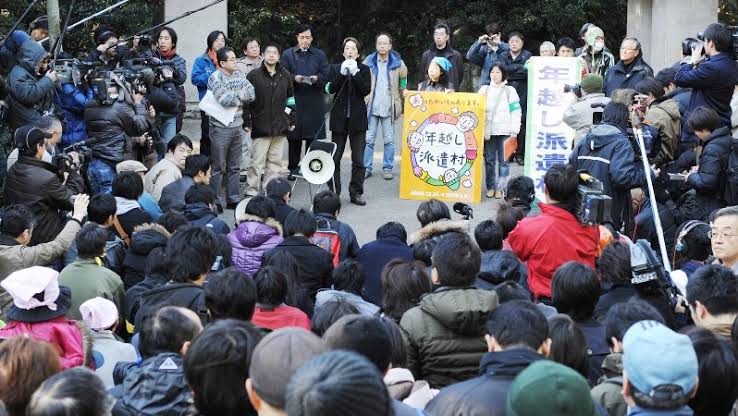

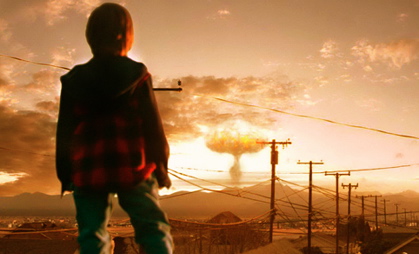

 Donations are made in Japanese yen. 300 yen is approximately 2 USD.
Donations are made in Japanese yen. 300 yen is approximately 2 USD.






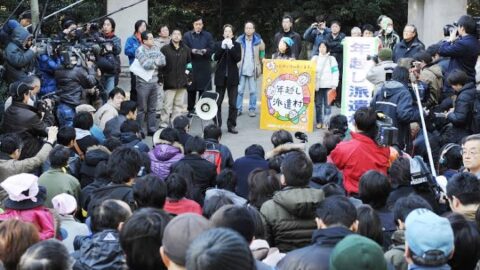
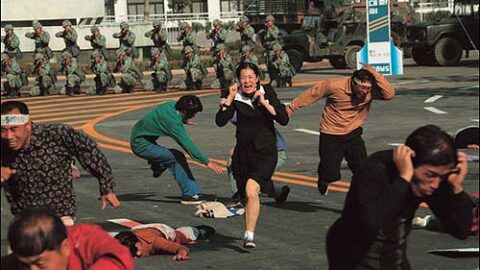


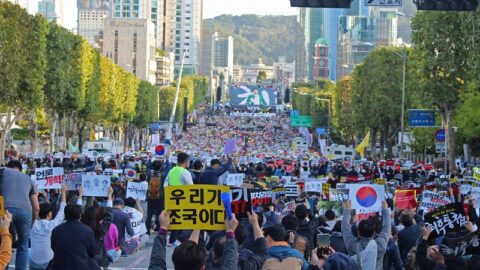
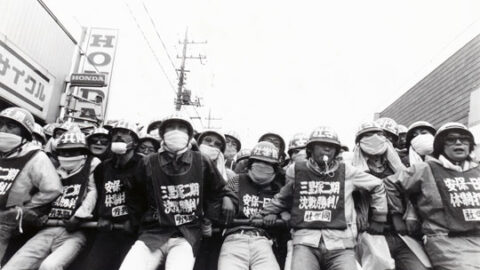

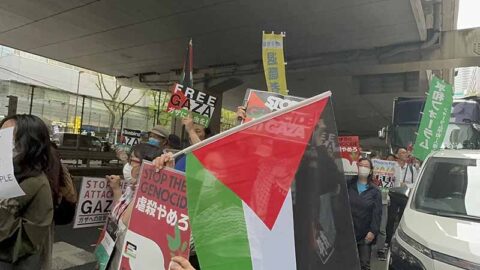



Leave a Reply